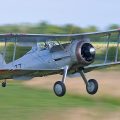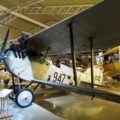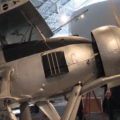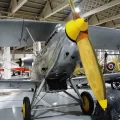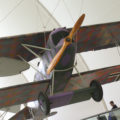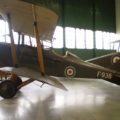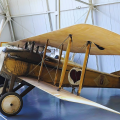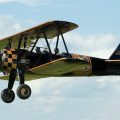
Focke-Wulf Fw 44 | |
|---|---|
| Zemlja | Nemačka |
| Ulogu | Biplane trener |
| Proizvođači | Focke-Wulf FMA |
| Prvi let | 1932 |
Čaj Focke-Wulf Fw 44 is a 1930s German two-seat biplane known as the Stieglitz (“Goldfinch”). An early design by Kurt Tank, it was produced by the Focke-Wulf company as a pilot training and sports flying aircraft. It was also eventually built under license in several other countries.
| Focke-Wulf Fw 44 Stieglitz Walk Around | |
|---|---|
| Fotograf | Unknow |
| Lokalizacija | Nepoznato |
| Fotografije | 20 |
Srodni kompleti:
Pronađi komplete na eBay-u:
Pogledajte i:
The Focke-Wulf Fw 44 is a biplane trainer aircraft that was developed in Germany in the 1930s. It was designed by Kurt Tank, who later became famous for his role in developing the Fw 190 fighter. The Fw 44 was one of the most successful and widely used trainer aircraft in the world, serving in many countries and in various roles. It had a robust and agile design, with a fabric-covered steel tube fuselage and wooden wings. It was powered by a radial engine that gave it a maximum speed of 185 km/h and a range of 550 km. The Fw 44 could accommodate two crew members, a student and an instructor, in open cockpits. It was equipped with basic instruments and a radio, and could also carry a machine gun or a camera for training purposes.
Fw 44 je prvi put leteo 1932, a ušao je u službu sa Luftvafeom 1934. Takođe je izvezen u mnoge zemlje, uključujući Argentinu, Brazil, Bugarsku, Kinu, Finsku, Mađarsku, Rumuniju, Švedsku, Tursku i Urugvaj. Neke od tih zemalja proizvele su sopstvene verzije Fw 44 pod licencom. Fw 44 je ostao u službi do kraja Drugog svetskog rata i šire, jer se pokazao kao pouzdan i svestran avion koji može da obavlja razne zadatke kao što su veza, izviđanje, aerobatika i šlepanje jedrilica. Smatra se da je Fw 44 jedan od najboljih dvotočkaša ikada izgrađen i klasičan primer nemačkog inženjeringa.
Views : 829



